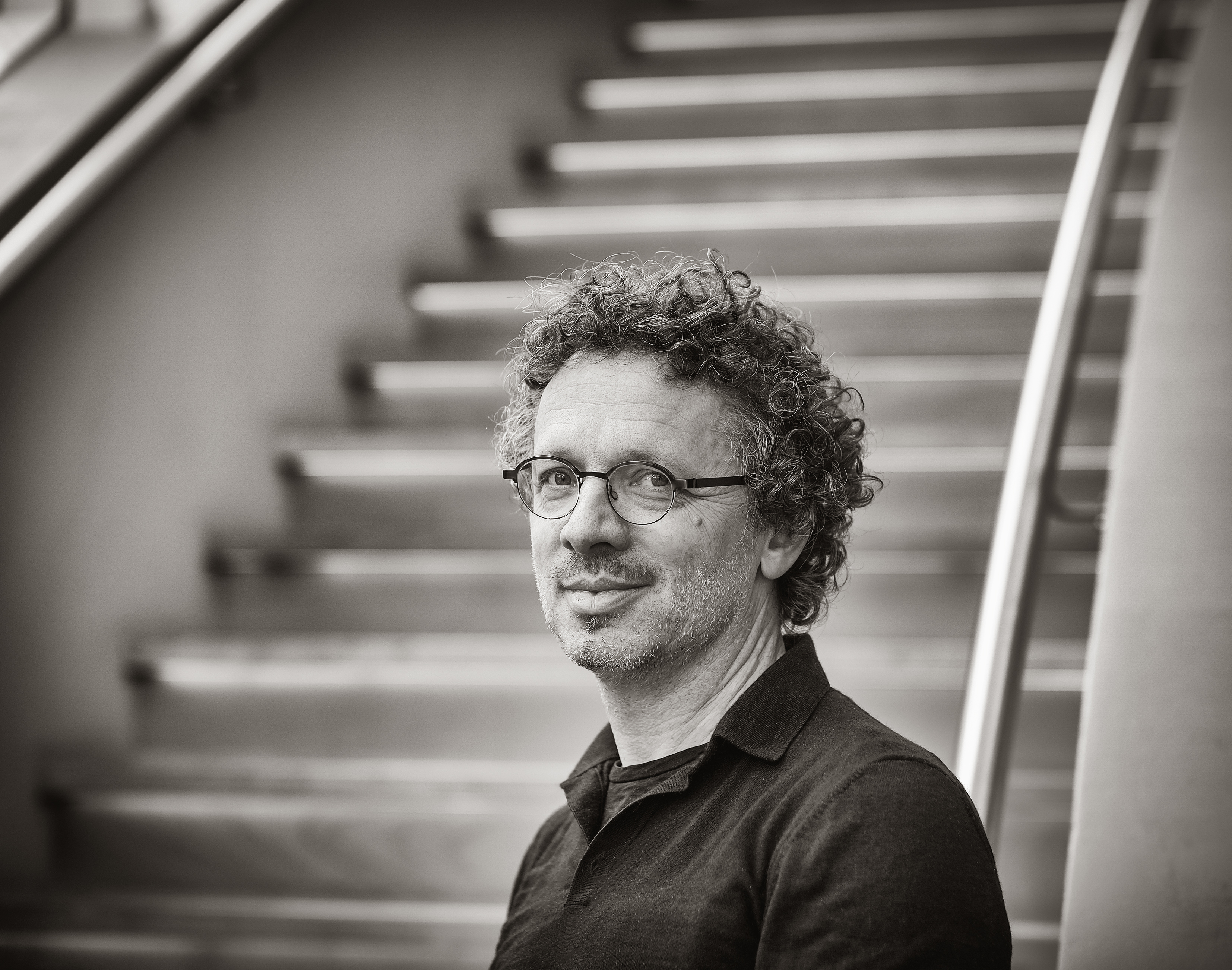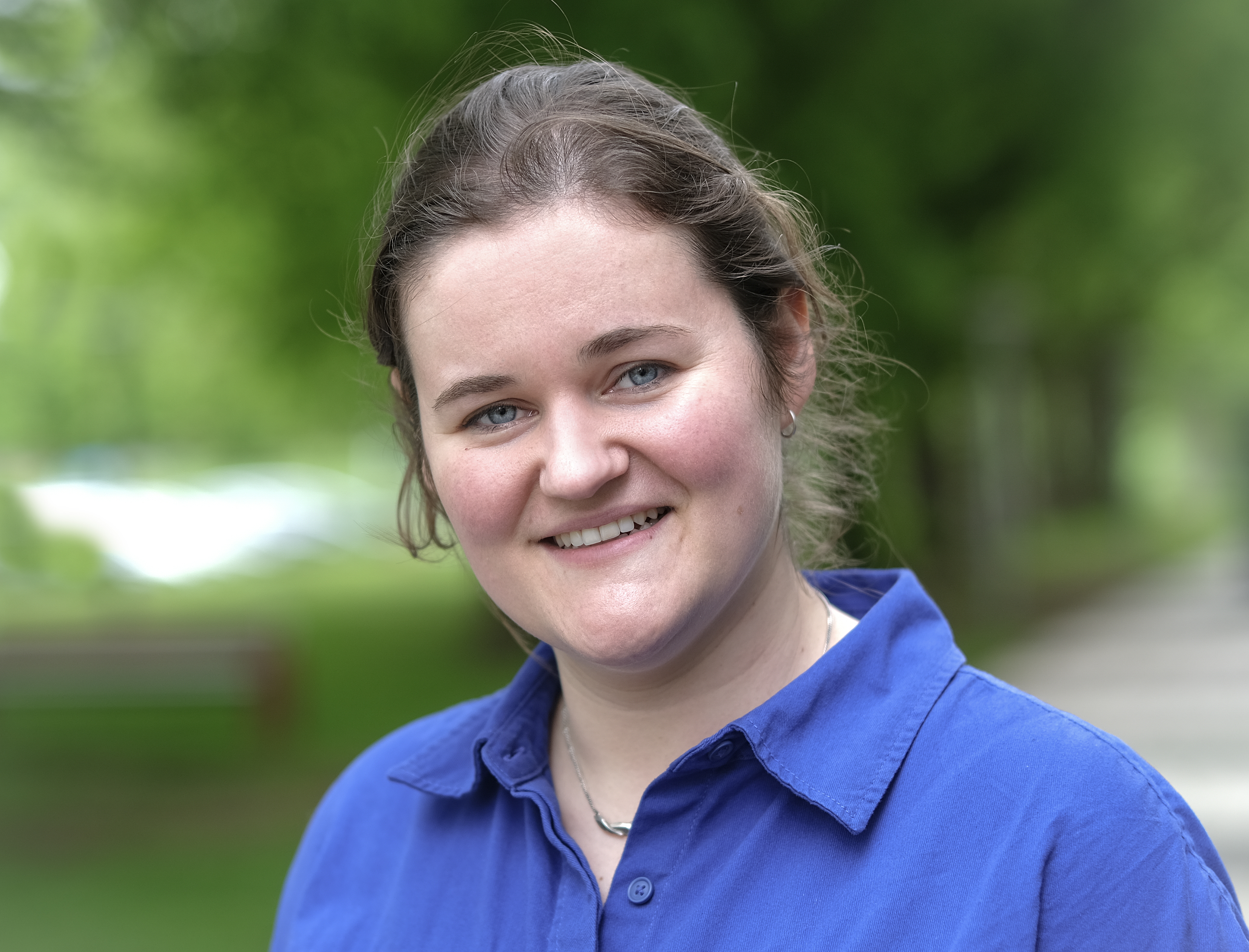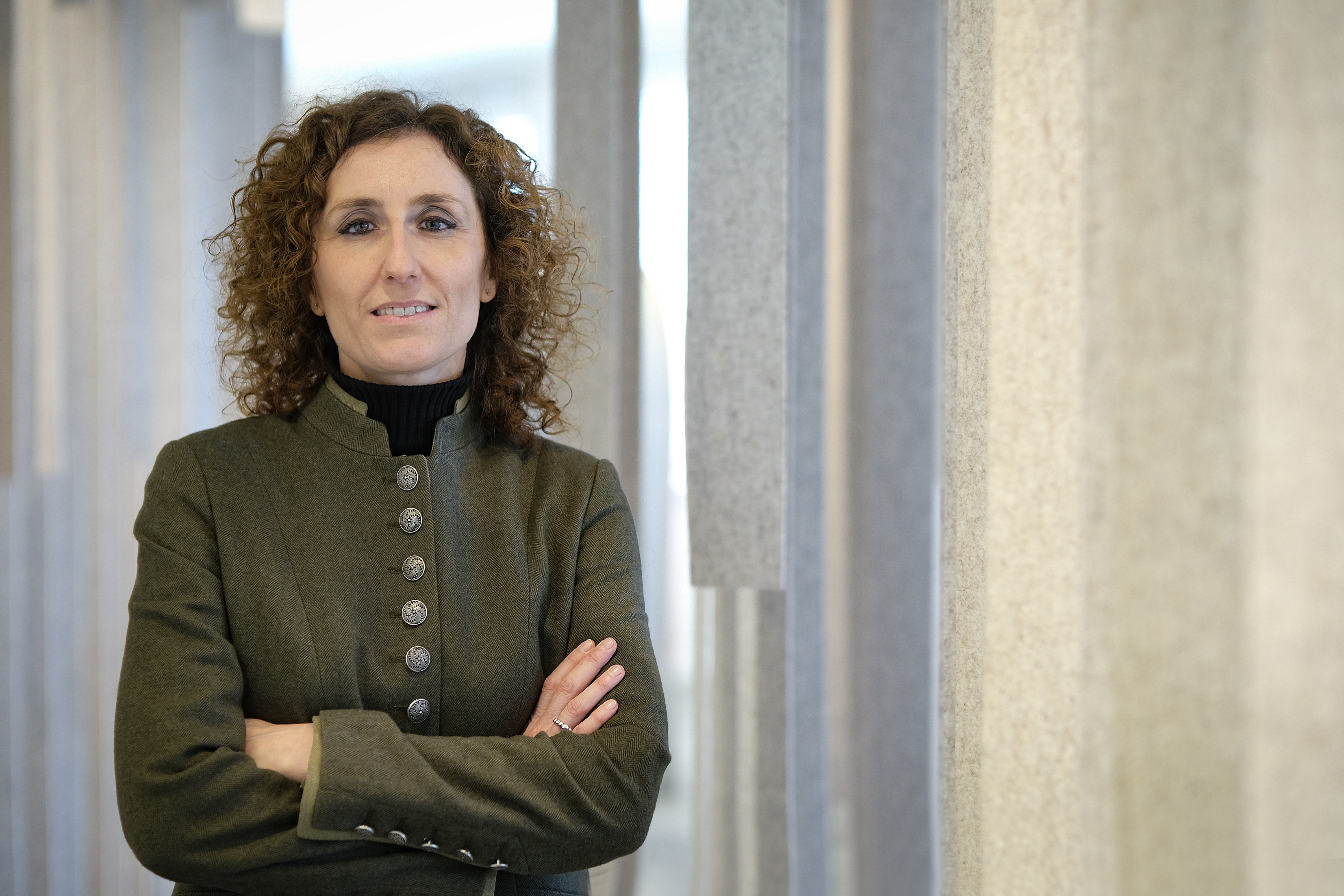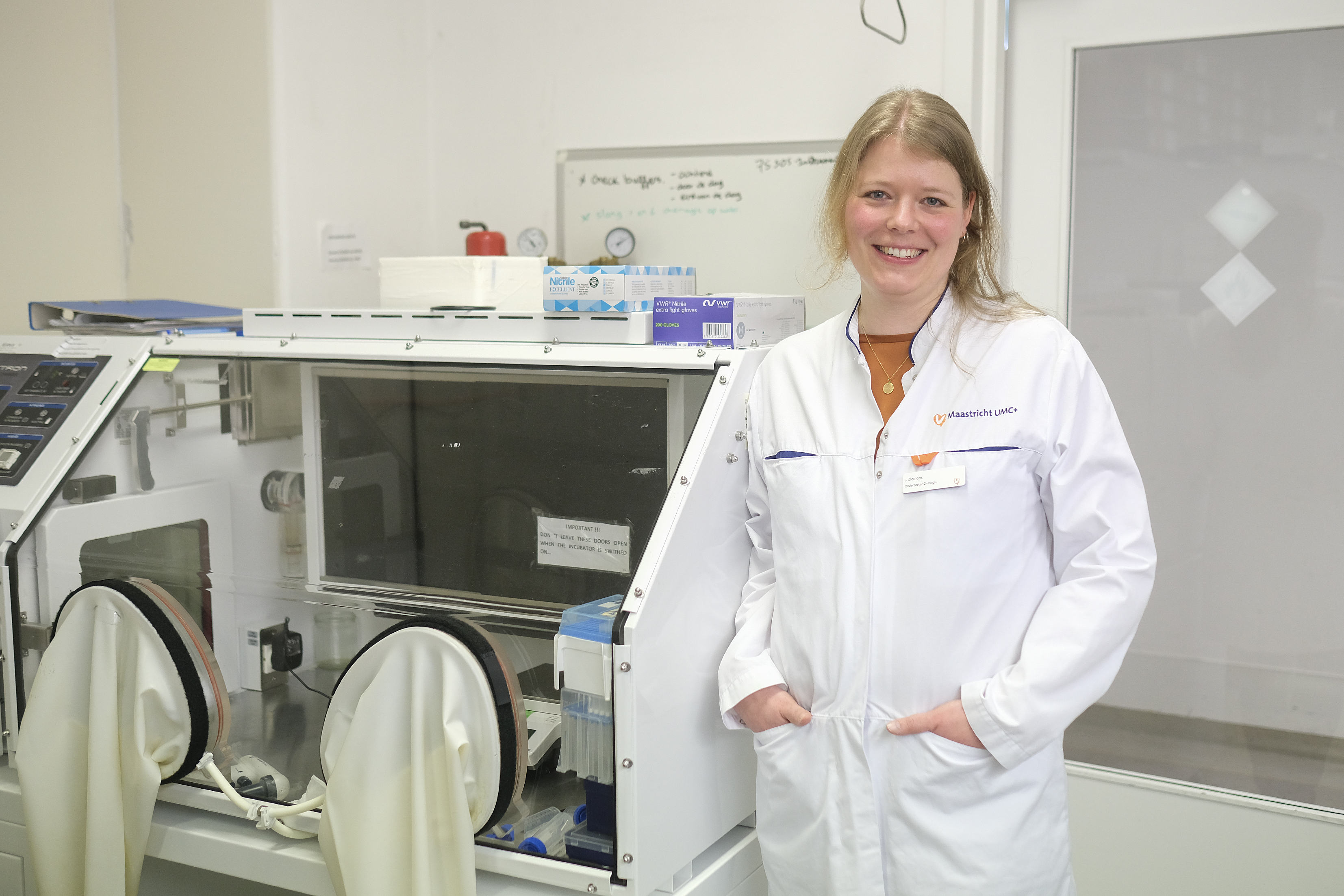Trauma-Free Care for Sick Children
Drawing blood, inserting an IV, or looking into the ear; even seemingly simple medical procedures can cause anxiety, pain, and stress in children. According to pediatric intensivist Piet Leroy, comfort and trust are just as important as the medical treatment itself. Therefore, he is researching how healthcare providers can offer trauma-free care and how they can learn to apply comfort care. Leroy has been appointed as a professor of "procedural comfort care, sedation, and analgesia in children for trauma-free care," and delivered his inaugural speech titled "Embrace Vulnerability" on March 8, 2024.
Procedural Distress
Pain and anxiety are inevitable with illness and treatment, but for children, these emotions can be intensified by medical procedures. This is called procedural distress.
"A sick child doesn't understand why an examination or treatment is necessary, and will resist," explains Leroy. "Soon, the situation escalates because healthcare providers want to thoroughly examine and treat the child. However, being restrained just once to look into their ears can be a very unpleasant experience for a child that they will remember."
Experiencing procedural distress has not only immediate consequences for young children, such as additional pain and anxiety at that moment, but it can also hinder healing and foster distrust towards healthcare providers.
Accumulation
From his early years as a pediatrician, Leroy has been focused on reducing procedural distress. Initially, he did this by putting children into a deep sleep for procedures that were clearly very painful or unpleasant, so they wouldn't be consciously aware of them. Later, a personal experience led to a shift towards procedural comfort—even for procedures that are not objectively very painful. "My daughter survived a severe illness thanks to excellent medical care. But six months after her treatment, she became completely panicked when her preschool teacher tried to give her a band-aid: she received a band-aid in the hospital after every injection. The psychological impact of the accumulation of small procedures lasted for a few years." As a result, Leroy devised practical solutions, conducted research, wrote guidelines, established a knowledge center, and now holds a chair in the field. "My daughter always says I was able to build my career thanks to her," Leroy laughs.
How can it be done differently?
"I am not a top researcher by nature; that has never been my primary ambition. I am a caregiver, a clinician, a pediatrician, and in my field of pediatrics, I have long been concerned with an area that is rarely addressed: the pain and anxiety of children who come to the hospital. Within that domain, I look for practical workfloor methods for when a child must undergo a medical procedure, answering the question: how can this be done differently?" Piet explains.
Research shows that there is an extensive library of better methods available, scientifically backed, but rarely applied on the floor for various reasons. Mostly because people are not skilled in them, the methods are not always deployable, not all stakeholders share the same goal, but most importantly, because every child is different when it comes to fear and pain. This makes it quite different from many other aspects of medical practice. When a caregiver has to determine the correct dosage of medication for a child, they can easily calculate it based on weight. Clear protocols exist for most conditions. This is a standardized method and is the same for every child, thus can be applied over and over again regardless of the child's age or personality.
However, when it comes to a child's experience of fear or pain during a hospital visit, it is different for each child. To gain a child's trust, a caregiver must consider individual factors such as the child's developmental level and personality traits, the kind of parents the child has, whether the child has been in the hospital before, and so on. All these variables play a role in determining the right treatment method. Whether a particular method will work depends significantly on the relationship between the caregiver and the child/parents. Trust is built between individuals, and that process is difficult to predict. For caregivers, this presents a complex and uncertain task. Protocols can help but do not hold the solution. The real solution always lies in the relationship that develops between all involved. How the caregiver communicates and acts as a person plays a crucial role. Too often, this skill is attributed to the caregiver's personality. However, I believe it is an expertise that can be learned and has been neglected in our medical training programmes to date.

Piet Leroy (1969) was born and raised in Deinze, Belgium, "a small, ugly town between Ghent and Kortrijk in Flanders," he explains with a laugh. After earning his bachelor’s degree in medicine at Ghent University, Piet specialized in Pediatrics at the same university. In 1998, he moved from Belgium to the Netherlands to follow the Pediatric Intensive Care training.
Currently, Piet Leroy resides in Maastricht, where he is a pediatric intensivist at the MosaKids Children's Hospital of Maastricht UMC+ and a professor of procedural comfort care, sedation, and analgesia in children at the SHE research institute. He founded the PROSA team, through which he and other healthcare disciplines provide trauma-free care to children. Leroy is also an educator and the scientific and content director of the PROSA knowledge center, which trains healthcare teams to provide trauma-free care to children and publishes guidelines to help parents and children prepare for painful procedures. His professorship is partly funded by the Charlie Braveheart Foundation.
Piet says he finds joy in old music. "Early Spanish Baroque and Renaissance music," he explains enthusiastically. Additionally, he is an avid bread baker and loves family, friends, and good food, which he fondly refers to as "luxurious simplicity."
Seven Strategies

To simplify the process, Leroy has developed a total of seven strategies for comfort care that a team of healthcare providers can apply in practice when a child must undergo a medical procedure. To achieve this, first he literally filmed and analysed hundreds of practical situations in the treatment room, continually asking himself: "Did the team succeed in creating a trustful experience for this child?"
In addition to videography, Piet also brought together groups of healthcare providers, including parents, family members, home care, and the patients themselves, to engage in conversations and share success stories about, for example, pain management.
"You quickly get 10 to 15 different stories, and thus strategies, for successfully managing pain. Often, parents and family members come up with entirely different solutions because they deal with the patient daily and have to be inventive in finding methods. By sharing these, everyone can learn from each other. This is also called collective wisdom or group expertise."
By unravelling how healthcare providers, parents, and the child together find a way to make a medical procedure both successful and comfortable, meaningful strategies are discovered that can then be taught to others.
Examples of these comfort care strategies include: how to approach the meeting with a child to connect with them and their parents, understanding what is at stake for them, avoiding the onset of fear, and gaining their trust. What can be done in case of pain? How to ensure the child keeps their arm still? If the child is anxious, should I still proceed with what I planned to do? What should I do after the medical procedure? The technique of comfort care involves using the right words, learning to distract, and learning to involve a child in what you are going to do. And each time, discovering anew what provides comfort and trust for the individual child.
Knowledge Network PROSA
Within hospitals, teams are subsequently trained to apply these seven strategies in practice, not so much as a protocol but more as a set of guidelines they can use. Piet has deliberately chosen that this training can only be attended as a team, not as individuals, because in healthcare practice, you also act as a team in these situations and rarely or never alone. Currently, healthcare teams in more than 40 hospitals are being trained in this way, learning the basic knowledge and skills for trauma-free care for children. By establishing the knowledge network PROSA, the experiences gained by these healthcare teams are adequately shared with each other, so that they continuously learn from one another and share relevant knowledge, challenges, and expertise.
Comfort Care as Standard
Pain and anxiety in children during medical procedures will not always be avoidable, but Leroy hopes to at least ensure that considering fear and pain becomes a common mindset and that a healthcare team asks itself at every step what it means for the child. He aims to make procedural comfort care the standard and to teach how to provide care without causing trauma, not only for children but certainly also for adults. He advocates for more room for humanity in healthcare.
"We are humans, social beings. And people want trust. It would be wonderful if the focus was not only on the medical procedure, but equally on comfort care and gaining trust," says Piet.
A different version of this article (in Dutch) has already been published bij MUMC+
Text: Tonita Perea y Monsuwé
Photos: Joey Roberts
Did you enjoy reading this article? Follow us on Instagram and LinkedIn for more exciting news!
Also read
-
As a patient in a hospital, you see many different faces at your bedside every day: a nurse measuring your blood pressure, a doctor or nurse practitioner informing you about the care plan, and a nutritionist providing you with the right food and drinks. Although all these caregivers have their own...
-
Berta Cillero Pastor is an Associate Professor and group leader at the MERLN Institute for Technology-Inspired Regenerative Medicine. Her research is centred around mass spectrometry (imaging) to gain insights into molecules in cells and tissues for biomedical research. With this technique, changes...
-
On February 8, 2024, Ziemons received her PhD from Maastricht University for the dissertation “The role of the gut microbiota in human cancer, the power of an equilibrium". This dissertation is the result of Ziemons' research on the role of the microbiota in cancer – colorectal cancer but also...


